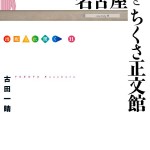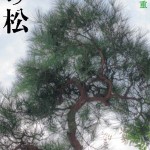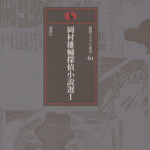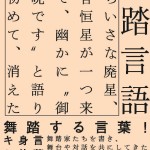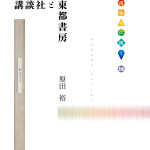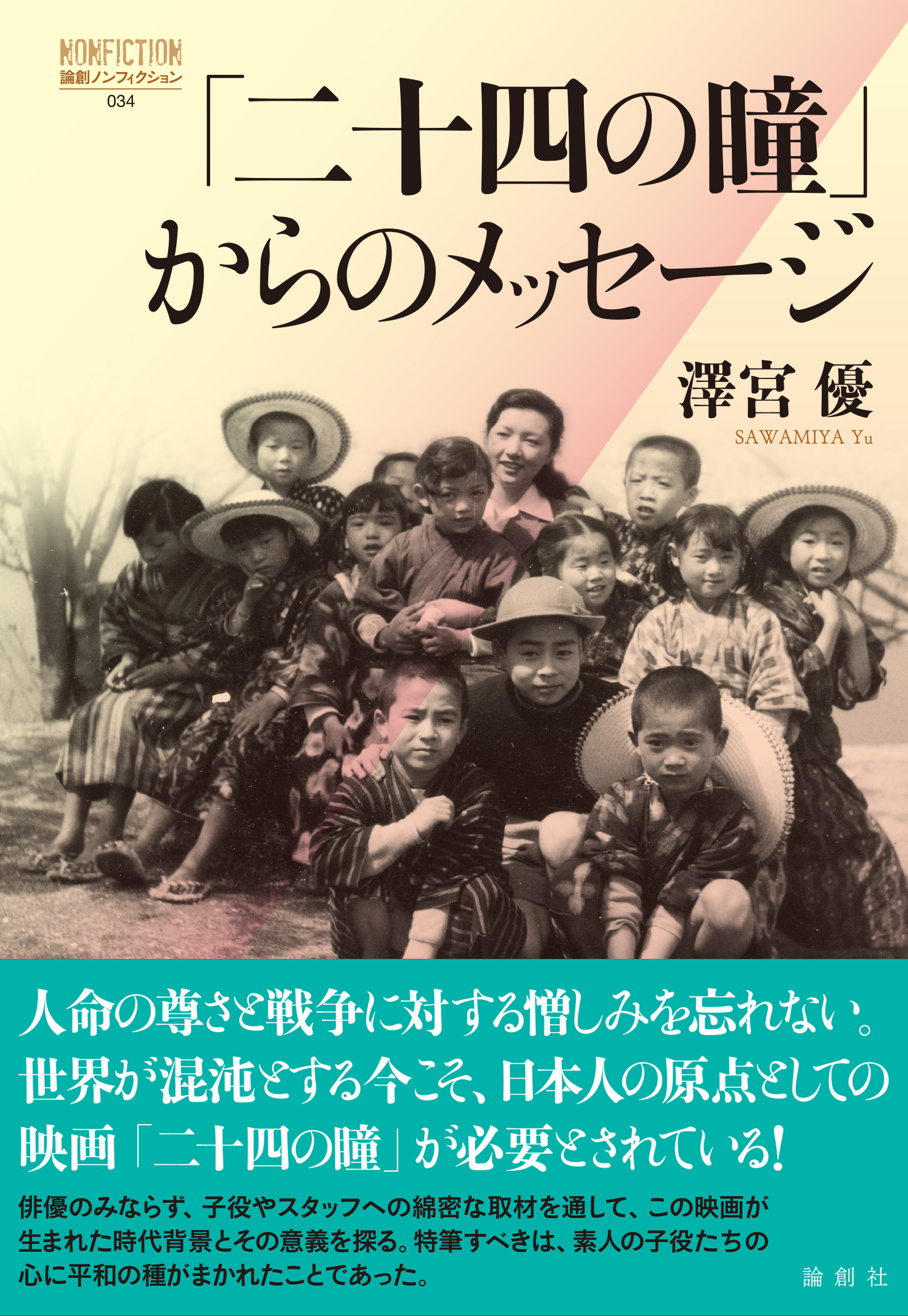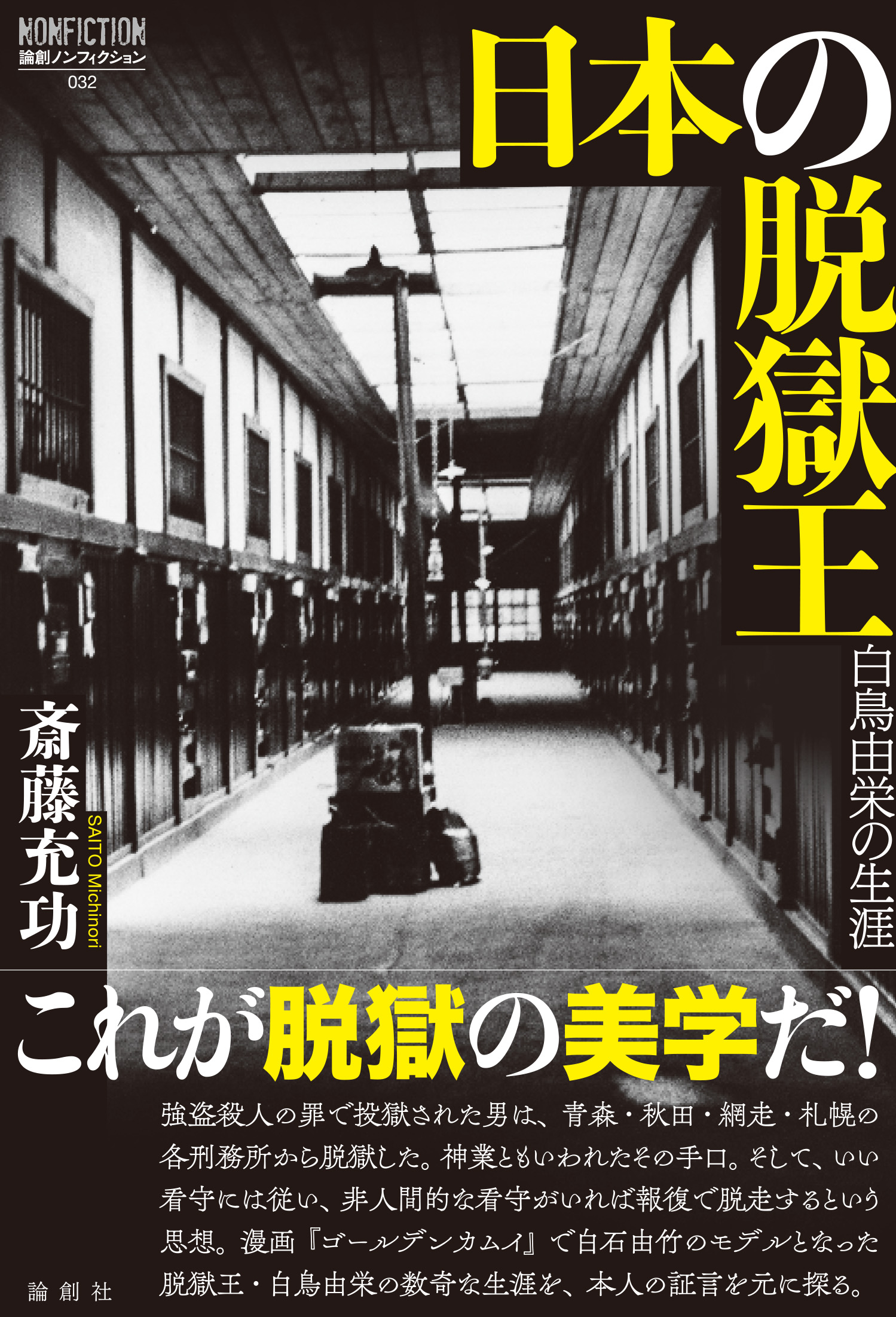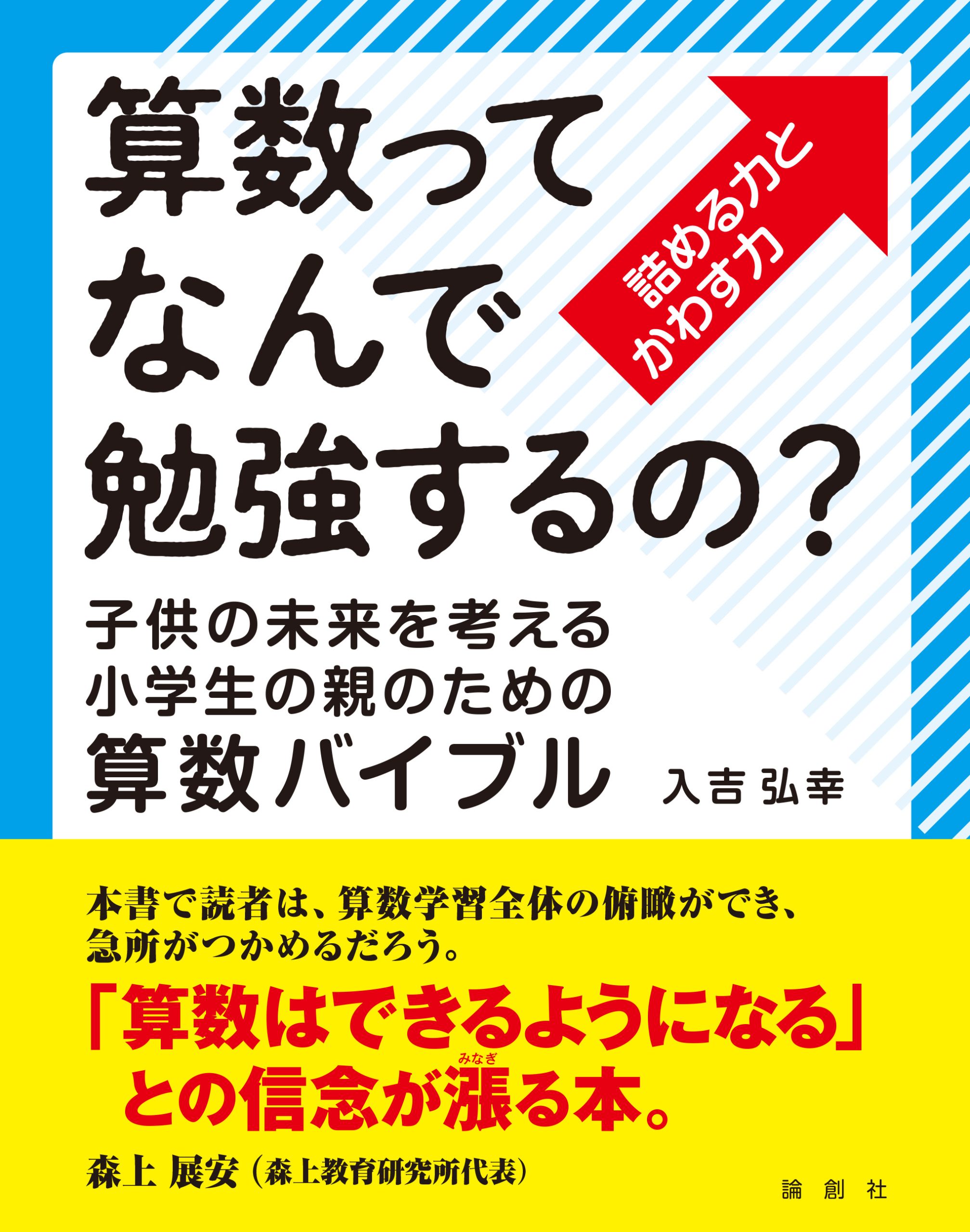- 2019-2-1
- お知らせ, 論創通信, The Nichiren Buddhism【ミステリーな日蓮 英訳版】
8. Isn’t Daimoku the ultimate Secret Laws?
Hiroto Ema
In this section, I would like to answer one of the frequently asked questions.
— I think the seven characters “南無妙法蓮華経(Nam Myoho Renge Kyo)” constitute the supreme teaching which excels the Lotus Sutra (Myohou Renge Kyo) that Shakyamuni preached, and they are the ultimate Secret Law which Shakyamuni himself trained. How do you think about it?
Simply put, it is true that, after Nichiren passed away, those who wished to make supreme the belief in the Lotus Sutra by Nichiren interpreted and explained so. But Nichiren himself didn’t insist like that.
In Esoteric Buddhism, it is regarded that there is the Secret Law which was inducted from the Buddha. And Nichiren explained his doctrines to his disciples using the idea. Preaching doctrines according to the aptitude of each disciple symbolizes the wisdom of Buddha and is called Hoben (expedient means). So, it seems that the Esoteric Buddhism interpretation of Nichiren has been spread in such a way by future generations.
Nichiren never discussed the difference between the five characters “妙法蓮華経”, which is the formal title of the Lotus Sutra, and “南無妙法蓮華経”. Instead, as he wrote “The Daimoku(title) of the Lotus Sutra should be chanted南無妙法蓮華経” in The Tripitaka Master Shan-wu-wei, Nichiren differentiated them in such a degree as between “阿弥陀仏(Amida Butsu)” and “南無阿弥陀仏(Namu Amida Butsu )”. And even in important conclusions of arguments about the dogma, he said “Bring the medicine of the five characters of Myoho Renge Kyo to the ignorant people of the Latter Day”, or “The Buddha wrapped it within the five characters (of Myoho Renge Kyo), with which he then adorned the necks of the ignorant people of the Latter Day” (The Object of Devotion for Observing the Mind). And as Nichiren listed the Three Great Secret Laws as “the object of devotion, the platform of enlightenment, and the five characters of Daimoku of the essential teaching”(On Taking the Essence of the Lotus Sutra). He didn’t give especial weight to the seven characters “南無妙法蓮華経”.
To start with, I would like to emphasize these facts.
The Lotus Sutra is the one and only sutra which preaches with the dogmatic corroboration and various evidences that everybody can attain Buddhahood. Other sutras even preached that women couldn’t attain Buddhahood. In other words, the Buddhism had been very discriminatory until the Lotus Sutra was written, and then the idea that everybody should be respected equally was made for the first time.
Yet, it is supposed that Lotus Sutra was preached repeatedly before Shakyamuni. The sutra which we call a Lotus Sutra should be called “the Lotus Sutra of Shakyamuni”, and there once were many Lotus Sutra preached by other Buddhas. For example, “Never Disparaging” chapter of the Lotus Sutra told the existence of Awesome Sound King Buddha who had preached a Lotus Sutra in the past, and the story about Never Disparaging who preached “the twenty-four-characters Lotus Sutra” after Awesome Sound King Buddha passed away. The doctrine that “the twenty-four-characters Lotus Sutra” preaches is the attainment Buddhahood of everybody, which means everybody can become a Buddha. It is the same with a Lotus Sutra which Awesome Sound King Buddha preached. In other words, the sutra preaching attainment Buddhahood of everybody is called Lotus Sutra. Furthermore, Shakyamuni said that Never Disparaging of the past had become Shakamuni himself of the present. So, Lotus Sutra, a doctrine that preaches attainment Buddhahood of everybody, has been preached repeatedly, and Buddhas who preach a Lotus Sutra also have appeared repeatedly. Indeed, Lotus Sutra is the mysterious sutra.
In Buddhism, the process in which the doctrine of a Buddha gets lost is understood as three separate periods, namely, Former Day of the Law, Middle Day of the Law, and Latter Day of the Law. Former Day of the Law is a stable period when the doctrine of a Buddha pervades universally. Middle Day of the Law is a period when the doctrine becomes a mere formality and the world becomes instable, and in Latter Day of the Law, the doctrine gets lost from the world and everyone would suffer from misery. It is preached that Never Disparaging mentioned above appeared in the last days of Middle Day of the Law of Awesome Sound King Buddha and popularized Lotus Sutra.
Then, what is aimed to be meant by this mysterious setting of situation? Simply said, it aims to show that when the doctrines or thoughts preaching the equality of all get lost with the change of times and misery pervades universally, a new person preaches the equality again and popularizes this doctrine — then this process repeats eternally. Also, Awesome Sound King Buddha, Never Disparaging, and Shakyamuni Buddha exist in this succession, and a new Lotus Sutra has been preached in each period.
Nichiren lived in Latter Day of the Law of Shakyamuni Buddha. The belief in the Lotus Sutra which Shakyamuni Buddha had preached got lost rapidly by popularity of Nembutsu and the world suffered from misery, so Nichiren understood. Then he popularized the chanting of the Daimoku of Lotus Sutra, Nam Myoho Renge Kyo, against the chanting of Nembutsu (Nam Amida Butsu) and preached the new belief in the Lotus Sutra, namely, “the five or seven characters Lotus Sutra”.
At first, Nichiren positioned his position in Buddhism as an authentic heir of Chigi (Tendai Daishi) of China and Saicho (Dengyo Daishi) of Japan, who had popularized the Lotus Sutra of Shakyamuni in Middle Day of the Law after his death. Afterwards, though, Nichiren said according to the Lotus Sutra he had been a disciple of “Shakyamuni Buddha, the lord of teachings” in the remote past, and a Bodhisattva who was entrusted with the popularization of “the five characters Lotus Sutra” in Latter Day of the Law of Shakyamuni. Also, he repositioned himself as the heir of Awesome Sound King Buddha, Never Disparaging, and Shakyamuni Buddha. Why did Nichiren change his position? As for this mystery, I would like to seek the answer in the following chapters.
Anyway, the question ignores the premise that a Lotus Sutra has been renewed in each era and a Buddha preaching it also has appeared repeatedly, so it must be different from Nichiren’s understanding of Buddhism.
February 1st 2019
Please let us know your feedback via e-mail.
(Next section will be released on March 1st)
Back Number →The Nichiren Buddhism
8.質問!<題目は、究極の秘法では?>
江間浩人
今回は、数多く問い合わせを頂戴した代表的なご質問について、お答えします。
質問 「南無妙法蓮華経の七文字は、釈迦が説いた法華経(妙法蓮華経)を超える優れた大法で、釈迦自身が修行した究極の秘法ではありませんか」
結論から申し上げると、日蓮没後、日蓮の法華経信仰を最上のものとするために、そのように解釈・説明した人がいた、ということで、決して日蓮が直接、そう述べたわけではありません。
密教では、仏から伝授された秘密の法がある、とされています。密教の素養がある門下に対して、日蓮は、その前提を利用して自身の法門を解説しています。門下の素養に合わせて法を説き分けるのは、仏の知恵の象徴で、方便とも言いますが、そのようにして提示された日蓮の密教的解釈を、後世の人が敷衍したものでしょう。
日蓮は、妙法蓮華経という法華経の正式なタイトルである五文字と、それに南無を冠した七文字について、その決定的な違いを論じたことはありません。「法華経の題目を南無妙法蓮華経と唱え給うべし」(善無畏三蔵抄)と述べるように、阿弥陀仏と南無阿弥陀仏の違いと同程度の使い分けをしています。教義上の重要な論考の結論においても、「妙法蓮華経の五字をもって幼稚に服せしむ」「五字の内に此の珠(たま)を裏(つつ)み、末代幼稚の頸に懸けさしめ給(たま)う」(観心本尊抄)としているほどです。日蓮が三大秘法という場合も、「本門の本尊と戒壇と題目の五字となり」(法華取要抄)としていて、南無妙法蓮華経の七文字を特別視はしていません。まず、そのことを確認しておきたいと思います。
法華経というのは、万人が成仏できることを教理的な裏付けと、さまざまな証明をもって説いた唯一の経典です。それ以外の経では女性は成仏できない、とさえ説いていました。ですから仏教は法華経まで、とても差別的な教えでした。法華経で、はじめて実質的に万人を平等に尊ぶ思想が説かれるのです。
ところが、この法華経は、実は釈迦以前にも何度も説かれてきたということが前提になっています。つまり、法華経とは釈迦が説いたものだけを指すのではなく、今、我々が法華経と呼ぶ経典は、正確には「釈迦の法華経」と呼ぶべきもので、他の仏が説いた法華経も存在したのです。例えば、法華経の不軽品には、過去に法華経を説いた威音王仏という仏の存在と、その仏が没した後に不軽菩薩が二十四文字の法華経を説いた、という物語が説かれます。この二十四文字の法華経が何を説いていたかというと、端的に「皆、仏になれる」と万人の成仏を説いているのです。威音王仏が説いた法華経も同様です。ですから、逆からいえば、万人の成仏を説いた経を、法華経と名付けているとも言えるでしょう。しかも、釈迦は、過去の不軽菩薩が、現在の釈迦自身である、とも述べています。ここから分かるのは、法華経と呼ばれる万人の成仏を説く教説は、過去から繰り返し説かれ、その法華経を説く仏も過去から繰り返し出現してきたということです。法華経は、実にミステリアスな経典なのです。
仏教では、ある仏の入滅後その教えが世から失われていく様子を、正法・像法・末法の三つの時代に分けて理解します。正法は仏の教えが世に行きわたって安定した時代、像法は形骸化が始まり不安定になる時代、末法は教えが世から失われ不幸に見舞われる時代です。先の不軽菩薩は、威音王仏の像法の末に現れて法華経を広めたと説かれます。
この不思議な状況設定は、そもそも何を表そうとしているのでしょうか。簡単に言うと、万人の平等を説く教え・思想が、時代の変化とともに失われて世の中が不幸になった時、新たな人物が再び万人の平等を説き、その思想を広めていく――これが永遠に繰り返されるということです。威音王仏→不軽菩薩→釈迦は、その流れの中にあるわけです。そして、その時代、時代に、新たな法華経が説かれてきたことを示そうとしているのです。
日蓮は、釈迦という仏の末法時代にいます。釈迦が説いた法華経への信仰が、念仏の流布によって急速に失われ、世が不幸に見舞われている。そう日蓮は理解しています。日蓮は南無阿弥陀仏の称名念仏に対抗して南無妙法蓮華経という法華経題目の唱題を広め、新たな法華経信仰、五文字・七文字の法華経を説いているのです。
日蓮は、当初、自らの仏法上の立場について、釈迦の法華経を、釈迦滅後の像法時代に中国で広めた智顗(天台大師)、日本の最澄(伝教大師)に連なる正統な僧と位置付けていました。ところが後には、釈迦が説いた法華経の文脈からみれば、日蓮は教主釈尊の久遠からの弟子であり、釈迦仏法の末法に五文字の法華経流布を託された菩薩である、と述べて、威音王仏→不軽菩薩→釈迦→日蓮の系譜に移しています。どうして、このような変化があったのか。この謎については、今後の連載の中で答えに迫りたいと思います。
いずれにしても、ご質問の解釈は、法華経は時代によって更新され、それを説く仏も繰り返し出現するという前提を無視してしまっているので、少なくとも日蓮自身の仏法理解とは異質のものであろうと思われます。





